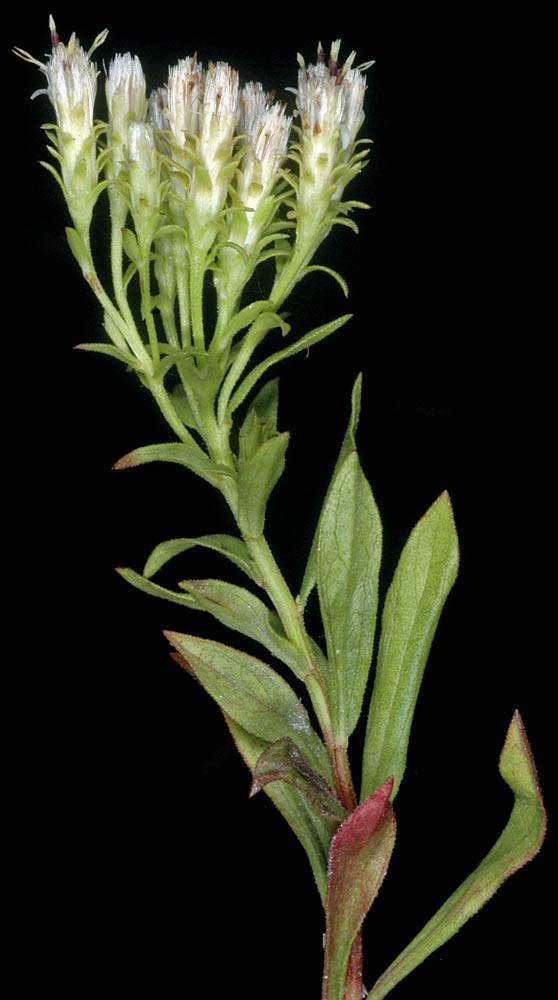Sericocarpus tortifolius
Sericocarpus rigidus
rigid white-topped aster
2–5 cm, usually 3–5-veined.
usually not branched;
bracts ovate, puberulent.
5–9 mm.
1–2(3);
rays 1–3 mm.
9–20;
corollas 4–6 mm, exserted from involucres;
lobes 0.5–1 mm;
anthers purple.
2–4 mm;
surfaces densely white-strigose;
pappus bristles 6–7 mm, white.
Sericocarpus tortifolius
Sericocarpus rigidus
Grasslands. Flowering Jul–Sep. 50–400 m. WV. WA; north to British Columbia. Native.
Sericocarpus rigidus is a rare species of remnant Willamette Prairie grasslands. It is classified as a threatened species by the Oregon Department of Agriculture.
Kenton Chambers
- Local floras:
BC,
OR,
WA
- Local Web sites:
Flora NW,
PNW Herbaria
WildflowerSearch
iNaturalist (observations)
USDA Plants Database
- LBJ Wildflower Center
- SEINet
- Plants of the World Online
- Encyclopedia of Life
- Wikipedia
- Google Image Search



